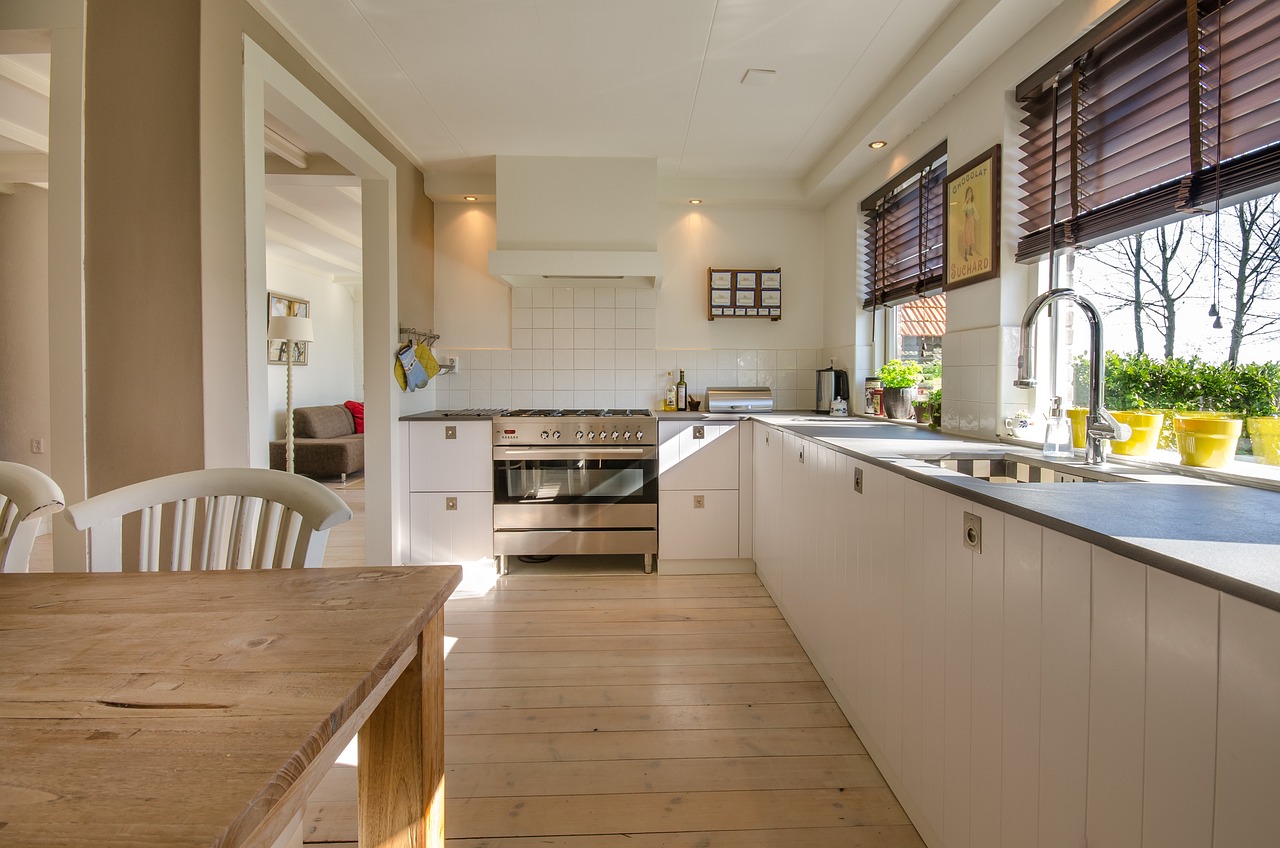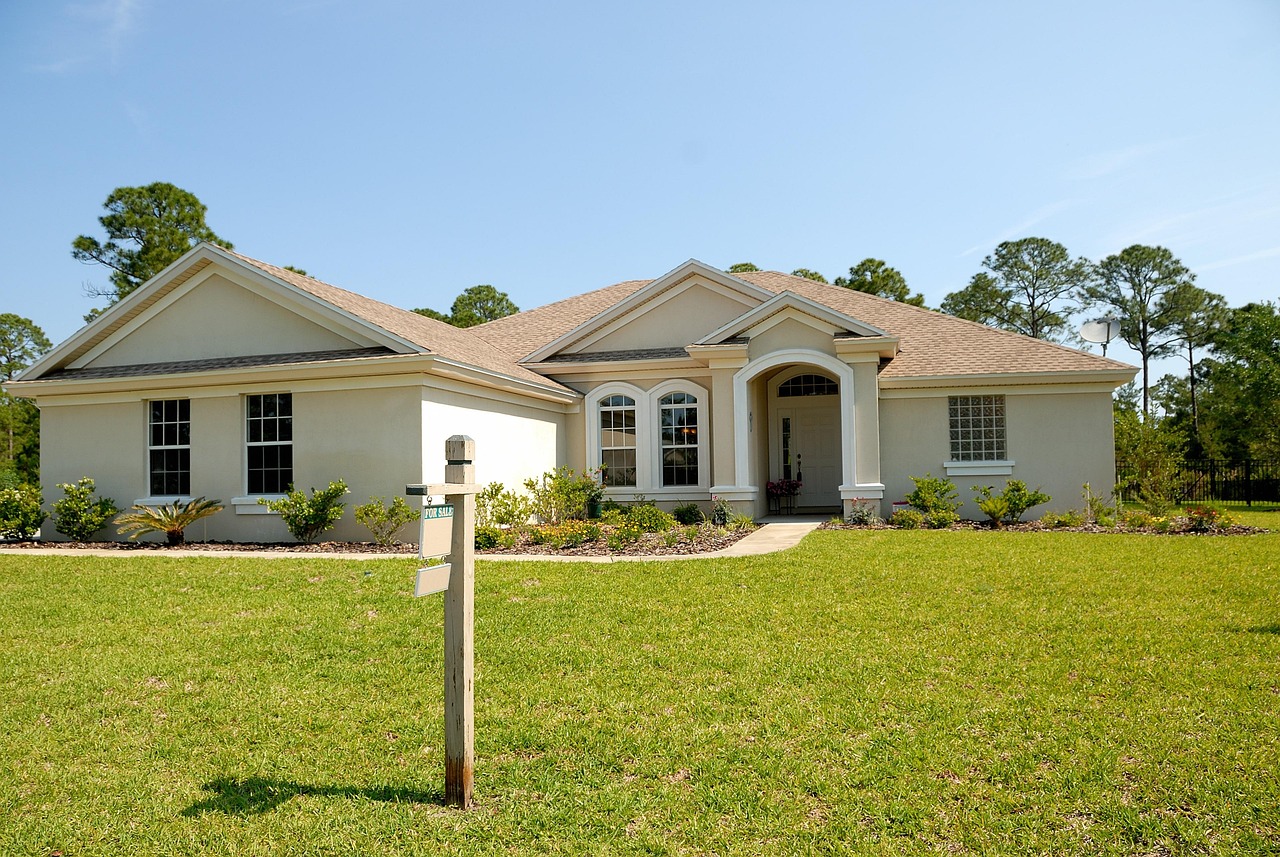Kitchen remodeling transforms both the look and function of a home, offering a chance to improve storage, update appliances, and enhance workflows. A successful remodel balances style and practicality by selecting materials, layouts, and features that meet the user’s specific needs and budget.
Effective remodeling often involves considering layout changes, upgrading cabinetry, installing efficient countertops, and incorporating modern technology like smart appliances. Attention to detail in lighting, backsplash design, and hardware can also make a significant impact.
Whether undertaking a small update or a full renovation, thoughtful planning ensures the kitchen becomes a space that is both functional and inviting. This approach makes it easier to maximize the value of the investment while enjoying a comfortable, personalized environment.
Kitchen Remodeling Planning
Planning a kitchen remodel requires careful evaluation of functional needs, budget limits, and design preferences. Clear decisions in these areas help create a space that meets daily demands and reflects personal style.
Assessing Needs and Setting Goals
Identifying how the kitchen is used is critical. He or she should consider who cooks most often, the typical number of users, and storage requirements. This helps prioritize changes, such as increased counter space or additional cabinetry.
Functionality is key. They might want to improve workflow by rearranging appliances or adding an island for food prep. Assessing current pain points—like insufficient lighting or cramped layouts—can guide effective solutions.
Setting measurable goals, like including specific storage organizers or upgrading to energy-efficient appliances, ensures the remodel addresses real needs. Detailed planning reduces costly adjustments later.
Establishing a Budget
A realistic budget must account for materials, labor, permits, and unexpected costs. It is important to balance quality with affordability to avoid overspending.
Many create a budget range with a buffer of 10-20% for contingencies. High-impact areas like cabinetry and countertops often consume the largest share, so costs there should be estimated carefully.
Deciding what aspects matter most helps allocate funds efficiently. For example, they may choose to invest in long-lasting cabinets while selecting affordable but attractive backsplash options. Clear budgeting prevents delays and compromises.
Choosing a Design Style
The kitchen’s style should harmonize with the rest of the home while reflecting personal taste. Popular choices include modern, traditional, farmhouse, and transitional.
They can use materials, colors, and fixtures to define the style. For instance, sleek handleless cabinets suit modern designs, while shaker cabinets complement a classic look.
Incorporating durable surfaces and easy-to-clean finishes maintains practicality alongside aesthetics. Consistency in design elements throughout the kitchen creates a cohesive and intentional space.
Key Elements of Kitchen Remodeling
A successful kitchen remodel focuses on optimizing storage, selecting durable and attractive surfaces, and upgrading lighting to improve both functionality and ambiance. Attention to these elements ensures the kitchen remains practical and visually appealing.
Cabinetry and Storage Solutions
Cabinetry is the cornerstone of kitchen organization and efficiency. Quality cabinets maximize storage space while complementing the kitchen’s design. Choosing the right materials, such as solid wood or high-grade plywood, affects durability and maintenance.
Storage solutions should be tailored to the homeowner’s needs. Pull-out shelves, deep drawers, and corner carousels improve accessibility. Incorporating pantry units or tall cabinets can address bulk storage requirements.
Hardware, such as handles and hinges, also impacts usability and style. Soft-close mechanisms reduce noise and wear. Proper planning balances storage capacity with workflow, ensuring frequently used items are easy to reach.
Countertop Material Selection
Countertops endure heavy use, so material choice is crucial. Popular options include granite, quartz, and laminate, each with distinct advantages. Granite offers natural beauty and heat resistance but requires periodic sealing. Quartz is low-maintenance and scratch-resistant, ideal for busy kitchens.
Laminate countertops are budget-friendly but less durable than stone. The surface finish and edge profile influence both aesthetics and safety, especially in homes with children.
Selecting the right countertop depends on lifestyle, design preferences, and maintenance tolerance. Careful comparison of durability, cost, and appearance leads to a functional and lasting kitchen surface.
Lighting and Electrical Upgrades
Lighting directly affects kitchen usability and atmosphere. A layered approach combines task, ambient, and accent lighting to meet different needs. Bright, focused lighting over work areas like sinks and countertops improves safety and precision.
Natural light should be maximized, supplemented by energy-efficient LED fixtures to reduce electricity consumption. Under-cabinet lights minimize shadows, while pendant lights above islands add visual interest.
Electrical upgrades often accompany lighting improvements. Adding outlets in strategic locations accommodates modern appliances and charging needs. Proper wiring ensures safety and allows flexibility for future technology additions.

